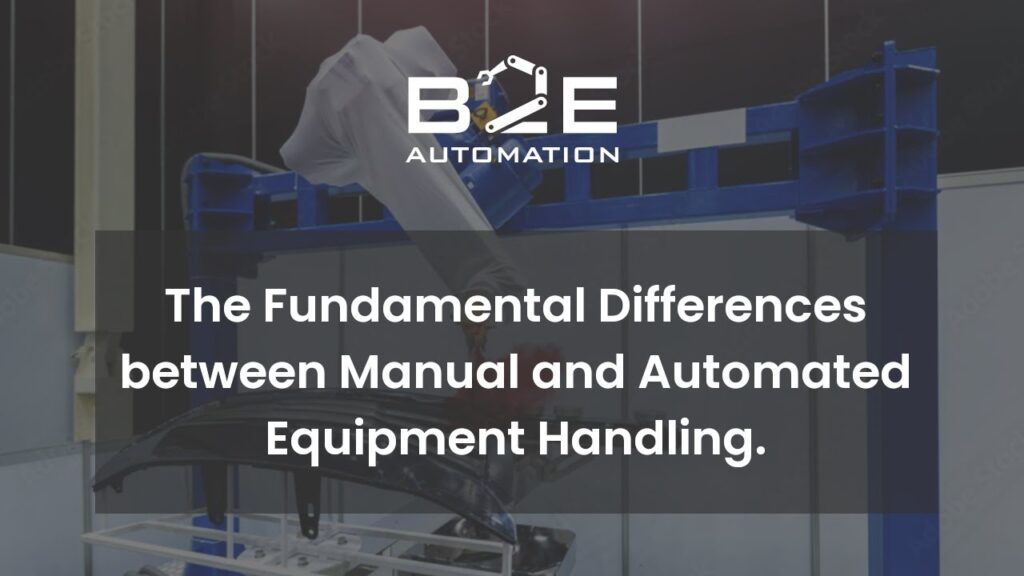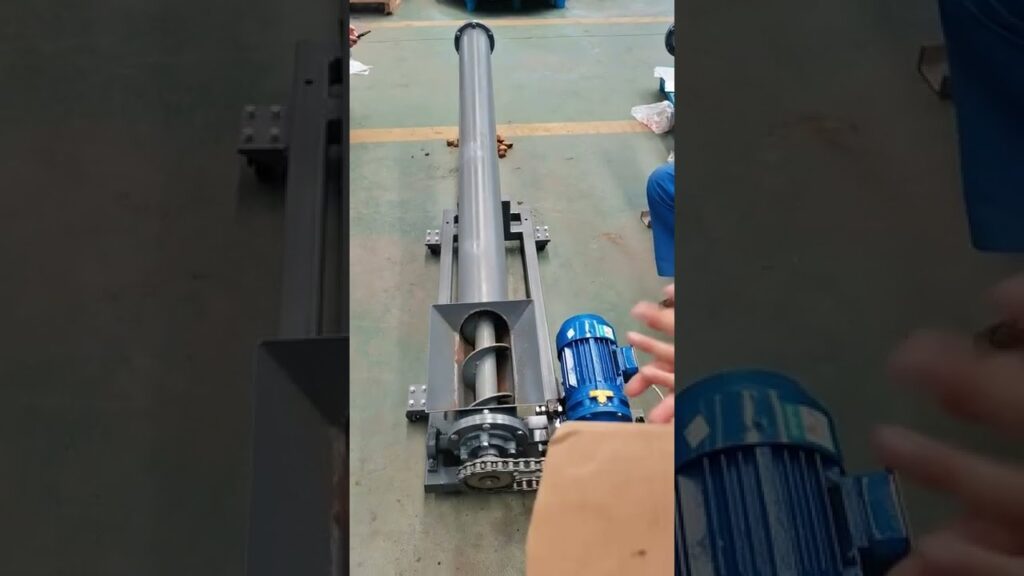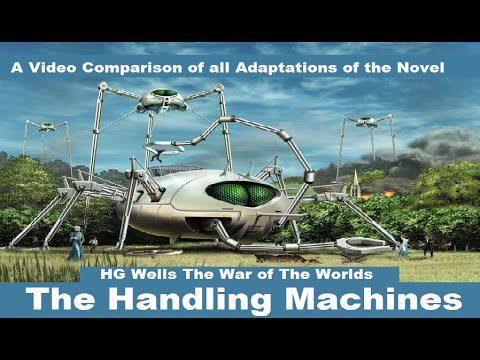Manual equipment handling is a fundamental aspect of materials handling strategies all over the world. Operators rely on their physical strength and expertise to navigate and manipulate heavy machinery to transport goods and materials efficiently. In this article, we will delve into the importance of manual equipment handling and explore some of the key differences between manual and automated handling processes.
Manual equipment handling has been a tried and tested method for many industries. It involves operators physically moving around machinery, utilizing their skills to handle materials with precision and care. This process requires trained personnel who understand the intricacies of equipment handling and can adapt to various scenarios swiftly.
One of the most significant advantages of manual equipment handling is the flexibility it offers. Operators can quickly adapt to changes in the workplace environment and adjust their methods accordingly. They can maneuver equipment in tight spaces or navigate challenging terrains with ease. Manual handling also allows operators to have direct control over the process, ensuring optimal efficiency and reducing the risk of damage to materials.
However, manual equipment handling does come with its challenges. The physical strain on operators can be immense, leading to fatigue, injuries, and decreased productivity. Furthermore, human error is always a factor, and even the most experienced operators can make mistakes. These factors can result in accidents and damage to materials, impacting both productivity and safety in the workplace.
The introduction of automated equipment handling has revolutionized the materials handling industry. Automated systems utilize advanced technologies such as robotics and AI to perform tasks that were previously carried out manually. These systems offer enhanced efficiency, reduced labor costs, and increased safety.
Automated equipment handling eliminates the physical strain on operators, minimizing the risk of injuries and fatigue-related errors. These automated systems are designed to operate continuously without breaks, resulting in higher productivity levels. They are also capable of handling heavy loads more efficiently and with greater precision, reducing the risk of damage to materials.
While automated equipment handling offers numerous benefits, it does have some drawbacks. The initial setup and installation costs can be prohibitively high for some businesses. Additionally, the complexity of these systems often requires specialized technical knowledge for maintenance and troubleshooting, which may not be readily available.
It is essential to consider the specific needs and requirements of each industry when deciding between manual and automated equipment handling. Some industries, such as manufacturing and logistics, may benefit greatly from automated systems due to their high-volume operations and repetitive tasks. On the other hand, industries that deal with unique or irregularly shaped materials may still rely on manual handling for its adaptability and precision.
In conclusion, manual equipment handling has long been the go-to method for materials handling worldwide. Operators possess the skills and physical capabilities to navigate machinery with care and precision. However, the introduction of automated equipment handling has brought significant advancements to the industry, offering increased efficiency, reduced labor costs, and improved safety. The choice between manual and automated handling ultimately depends on the specific needs of each industry and the tasks at hand. With the ever-evolving landscape of technology, it is essential to stay informed and explore the options available in the market.
References:
– [Buy Handling Machine](youtube.com/watch?v=yourvideourl)
– [The Fundamental Differences Between Manual and Automated Equipment Handling](youtube.com/watch?v=yourvideourl)
Handling Machine
“Comparing Manual and Automated Equipment Handling: Understanding Buying Patterns and Machine Characteristics”


